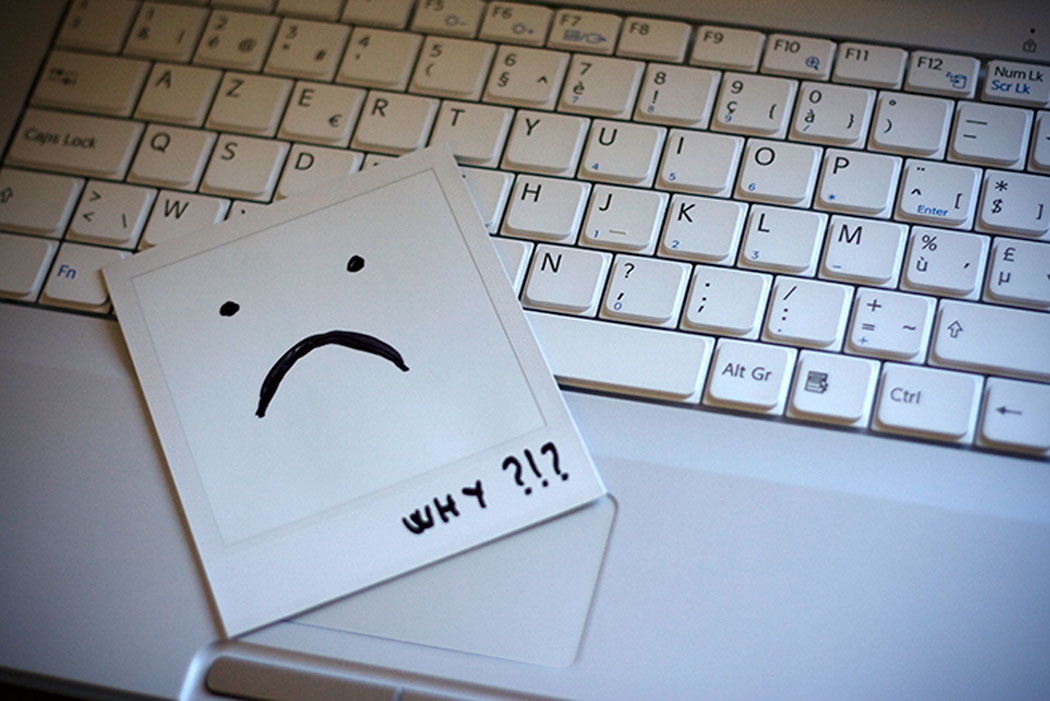We purchase gadgets and then throw them out within the year when we upgrade to the latest models. We might not really spare a thought that all our disposed units are contributing to e-waste. Electronic waste, or e-waste, is becoming a massive problem. What’s the cause? The combined result of new electronics that continuously flood the market as well as faster upgrade cycles. A recent study conducted by the United Nations University and the Massachusetts Institutes of Technology (MIT) found that on a global level e-waste rates are expected to increase by a third within the next four years – the yearly volume of e-waste is set to reach 65.4 tons. This is the equivalent in weight of 200 Empire State Buildings or 11 Great Pyramids of Giza! What makes the problem worse is that e-waste has become a global problem, with some of it even being sent to Africa from overseas. The amount of e-waste sent from the US, for instance, is approximately around 8.5%. Here, it is repaired, resold and informally recycled, but the recycling is often not a clean job. For instance, sometimes things like computers are burnt so that the raw metals inside can be taken.
The yearly volume of e-waste is set to reach 65.4 tons. This is the equivalent in weight of 200 Empire State Buildings or 11 Great Pyramids of Giza!
In general, e-waste usually winds up in landfills. The danger is that toxic chemicals in electronics can leach into the land or get released into the atmosphere. This harms the environment and nearby communities. There is also the method of incinerating electronics, but this releases heavy metals such as mercury and lead in the air. Mercury in the atmosphere can bioaccumulute in the food chain, especially in fish, which can then be exposed to people. When products contain PVC plastic, furans (regarded by the US Environmental Protection Agency as a cancer-causing substance), and toxic dioxins are released. Then there’s recycling. Although this is considered to be a good thing, as Greenpeace points out, dangerous chemicals released in e-waste recycling can be harmful to workers in the recycling yards, including their nearby communities and environment.
You can do your bit to lower e-waste. Here are some easy things that make a huge difference:
- Ask yourself if you really need the latest technological gadgets. Maybe your current phone is fine for another year or so.
- Try to repair gadgets instead of immediately replacing them. If your computer needs an upgrade, consider changing certain elements of it (for instance, getting more memory installed) instead of buying a new unit.
- If you are going to buy a new gadget or computer, consider shopping for re-used ones. People are constantly advertising their ‘used but in good condition’ items on social media sites and other online shops. This is great to prevent waste!
- When there is no other option available to you and you have to get rid of your e-waste, do so responsibly. Check out the E-waste Association of South Africa website for collection sites.
Image via Photopin










